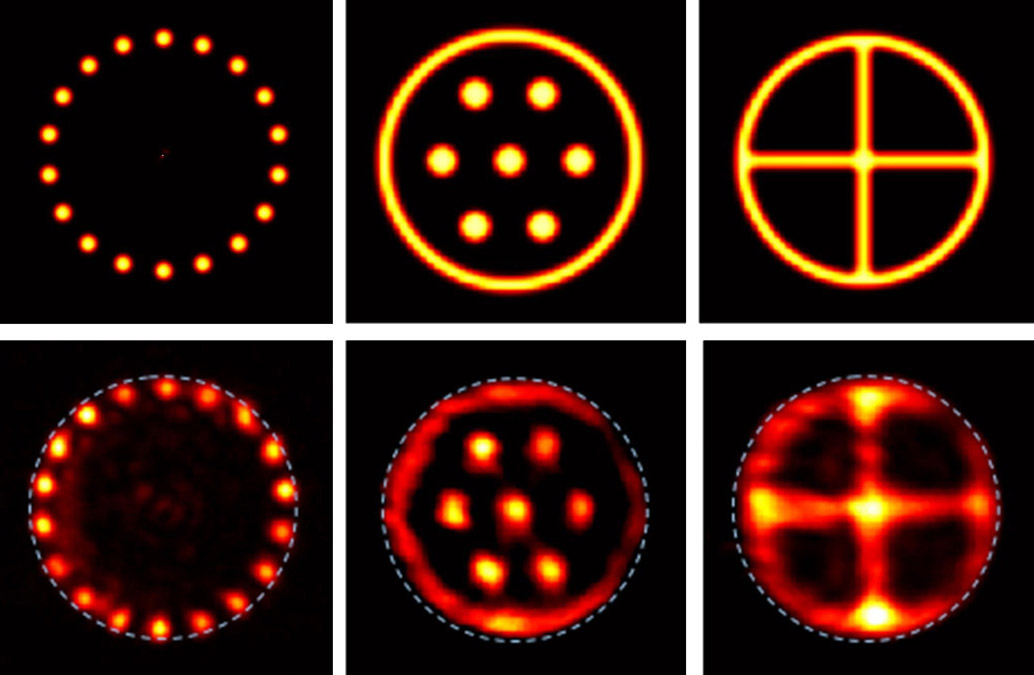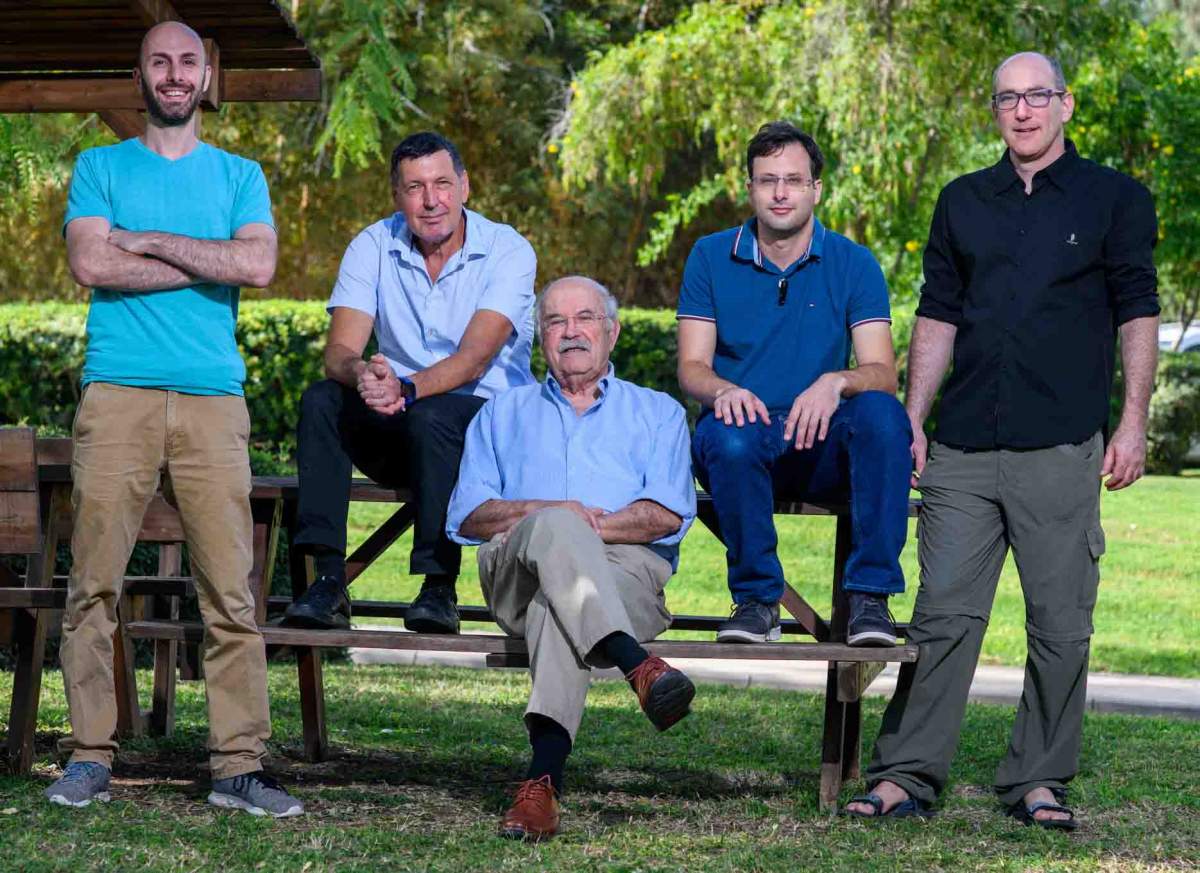Are you a journalist? Please sign up here for our press releases
Subscribe to our monthly newsletter:

Some of the most commonly used methods for mapping the structure of very small objects – viruses, organelles within cells or molecular structures within two-dimensional materials – involve aiming a focused beam at them and then observing the way light or other waves scatter from the objects. Reconstructing the shapes of objects from scattering involves a sort of “reverse calculation,” and the computational tools available today can only go so far in revealing their exact structure.
This sort of reverse calculation – working backwards from the data – is what mathematicians call a “hard problem.” In other words, there is no effective way to complete such a computation on the basis of the measurements, alone. To be more precise, some of the properties of the scattered waves are easily measured, for example intensity or wavelength. The hard part is retrieve the phase – what the waves look like close up at the very moment of scattering. Thus the problem has been dubbed the phase retrieval problem.
Arriving at a solution by “selection of the fittest” turns out to be over a million time faster than with conventional computation
To deal with this problem in light-scattering systems, Weizmann Institute of Science researchers succeeded in building a unique type of laser resonator that can very quickly retrieve the missing phase and accurately solve and reconstruct the structure of the object. The scientists, Prof. Nir Davidson and postdoctoral fellow Dr. Chene Tradonsky in his lab, together with Prof. Asher Friesem, Dr. Oren Raz and research student Igor Gershonzon, former research student Dr. Ronen Chriki and former postdoc Dr. Vishwa Pal, all of the Physics of Complex Systems Department, designed, built and experimentally demonstrated that their laser system can operate at very high speeds.
In a laser resonator, light beams bounce back and forth between mirrors; the group programmed one of the mirrors to “know” the intensity of the scattered waves from the object. In the middle of the resonator, between mirrors, the researchers placed a “hint” as to the shape of the object. This hint, for example, was an outline of the object obtained or estimated from a-priory knowledge.

Although this hint only provided a rough idea of the object’s structure, as the light propagates back and forth through the laser resonator, it undergoes a rapid trial-and-error sort of evaluation: If at first it identified thousands of structural configurations that could “fit” the object, according to the given hint, with every pass, it reduced the number of possible solutions, suppressing those that were less compatible and quickly arriving at the correct structure. This means of arriving at a solution by “selection of the fittest” turns out to be over a million time faster than with conventional computation.
The group demonstrated the principle of optical selection using their specially-designed laser resonator in a number of experimental situations that are today considered hard, including imaging through diffuse material such as biological tissue, laser beam shaping, simulations of complex magnetic materials and more. Yeda Research and Development, Co., Ltd., had applied for a patent for this system and a new start-up is developing industrial applications for the “rapid laser solver.”
Prof. Nir Davidson's research is Head of the André Deloro Institute for Advanced Research in Space and Optics; and the Center for Experimental Physics. His research is also supported by the Benoziyo Endowment Fund for the Advancement of Science; the Veronika A. Rabl Physics Discretionary Fund; Dana and Yossie Hollander; the Norman E. Alexander Family M Foundation; and Paul and Tina Gardner. Prof. Davidson is the incumbent of the Peter and Carola Kleeman Professorial Chair of Optical Sciences.
Dr. Oren Raz's research is supported by the Abramson Family Center for Young Scientists. Dr. Raz is the incumbent of the Shlomo and Michla Tomarin Career Development Chair.